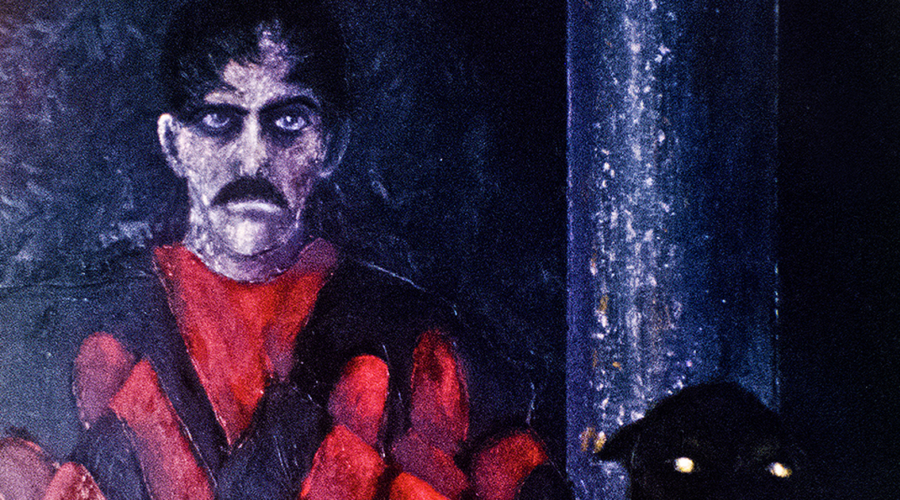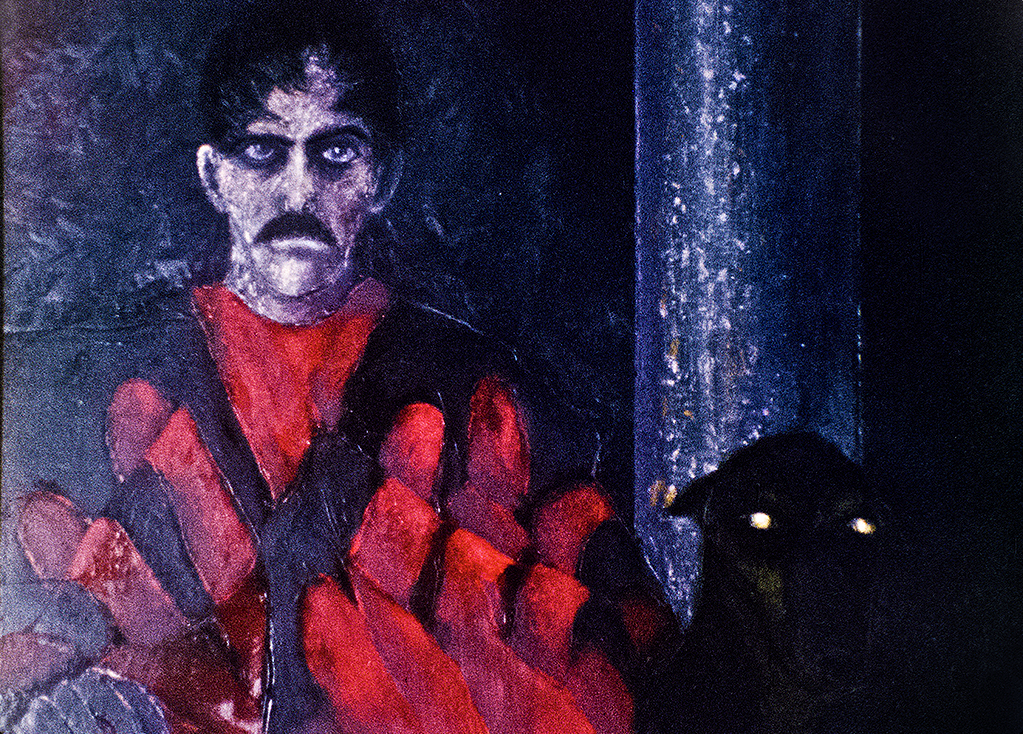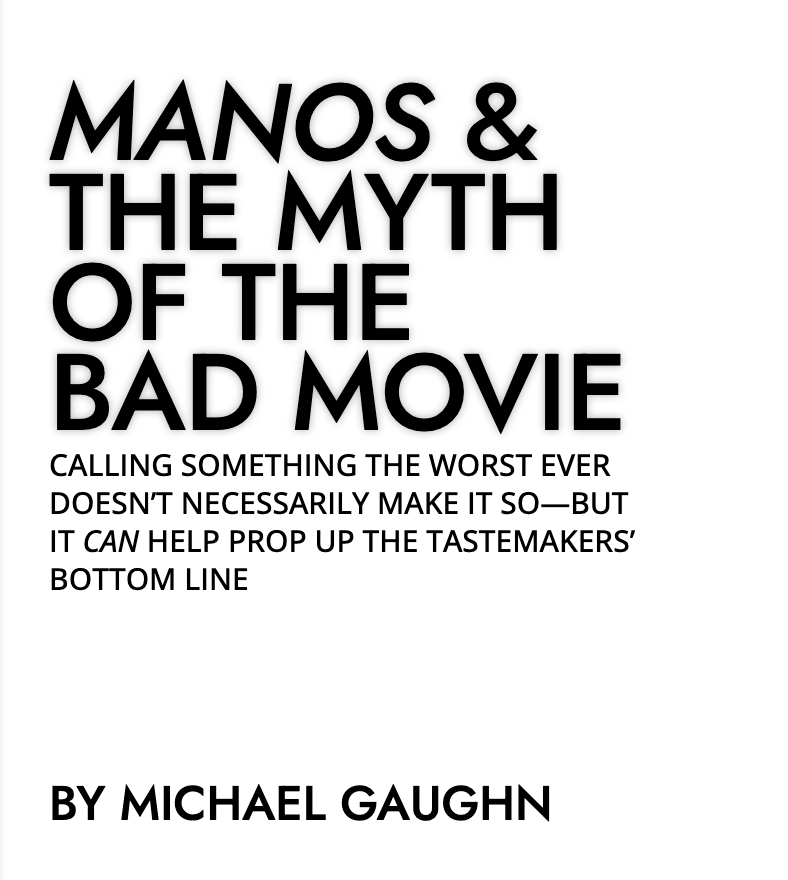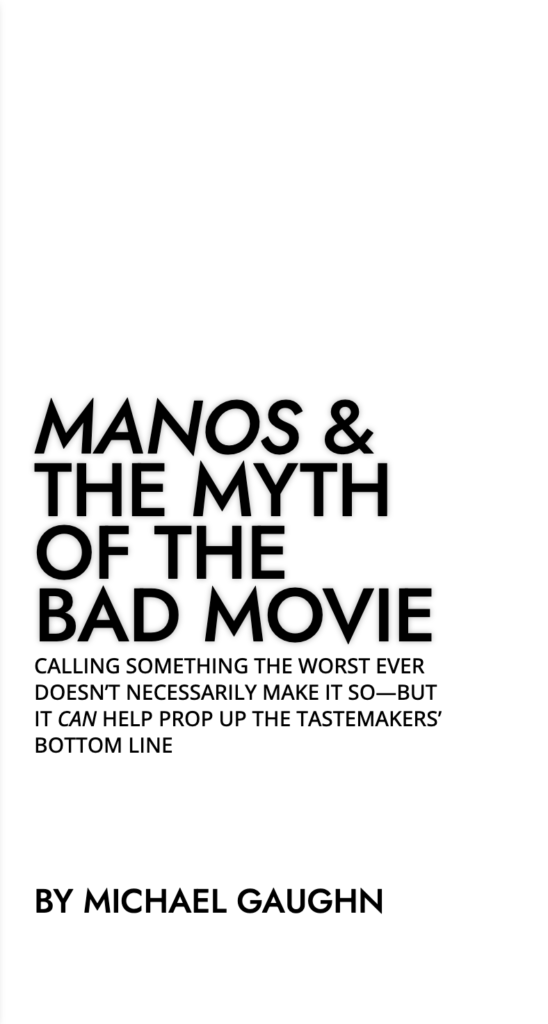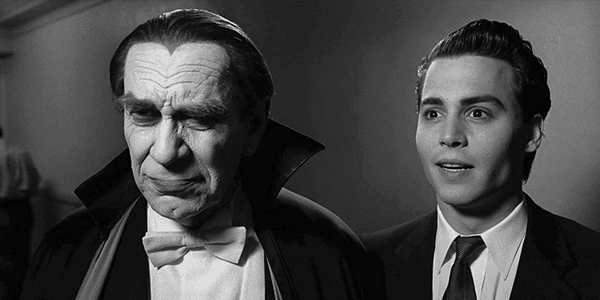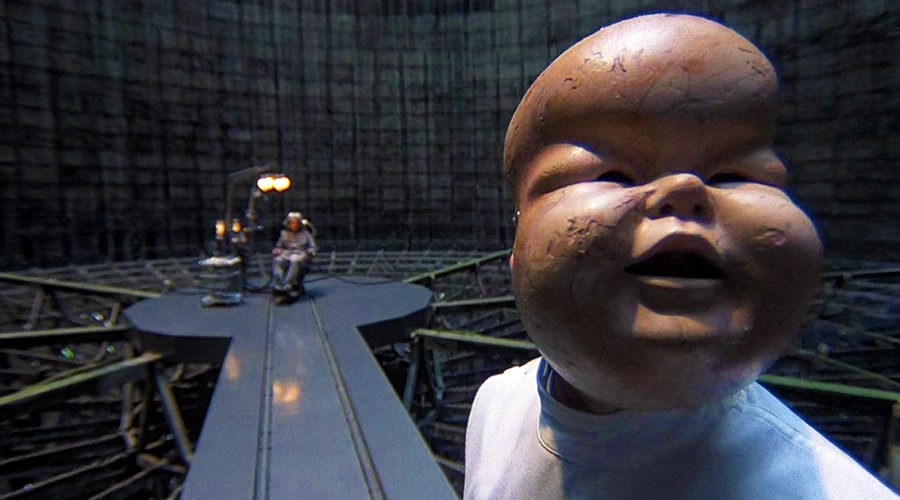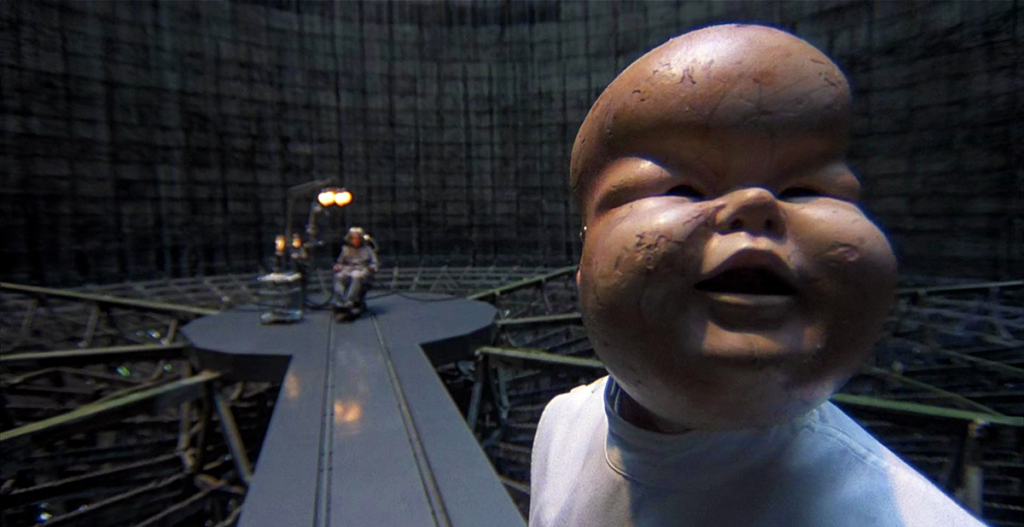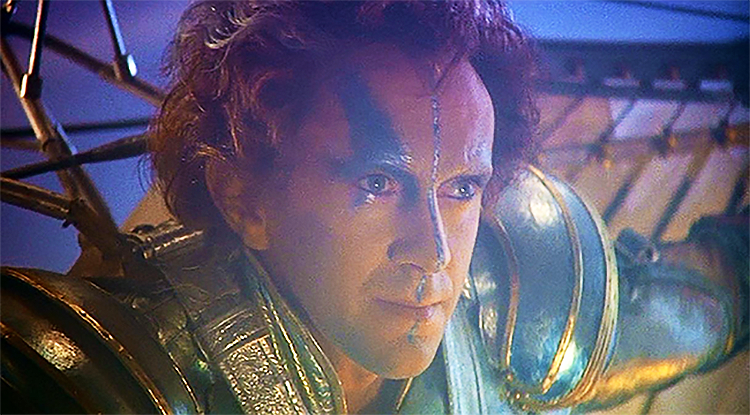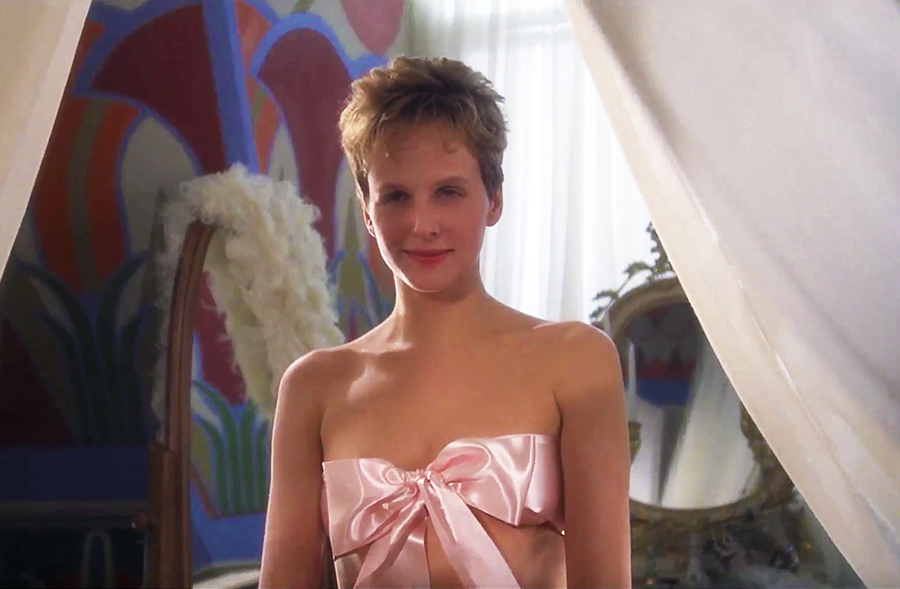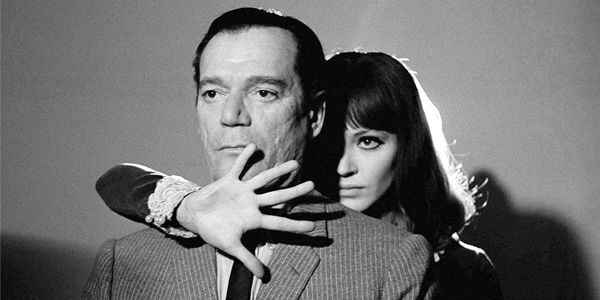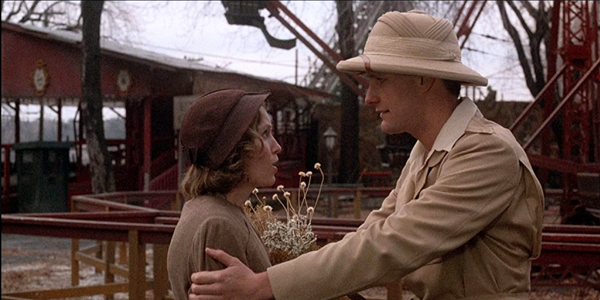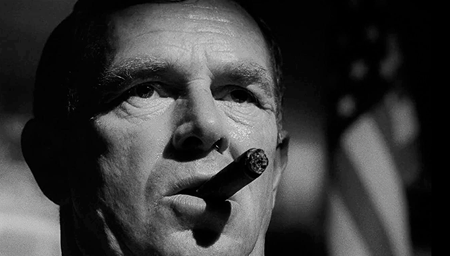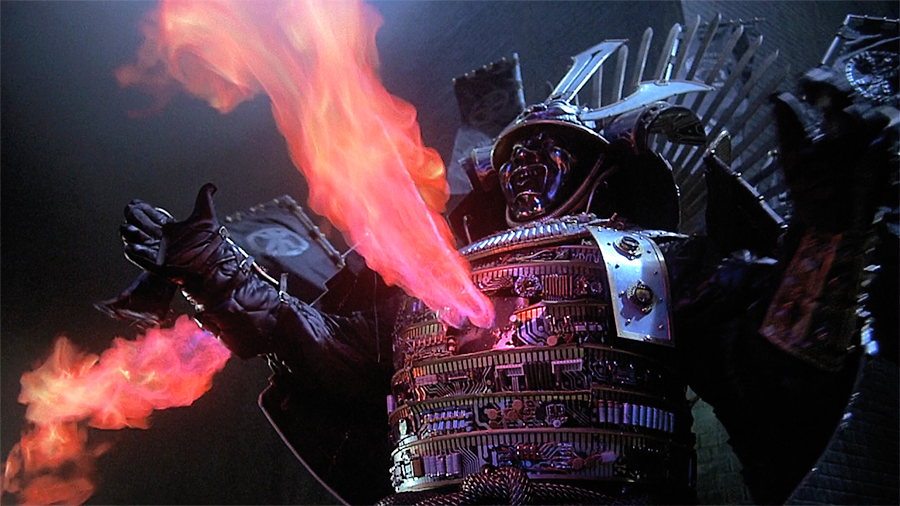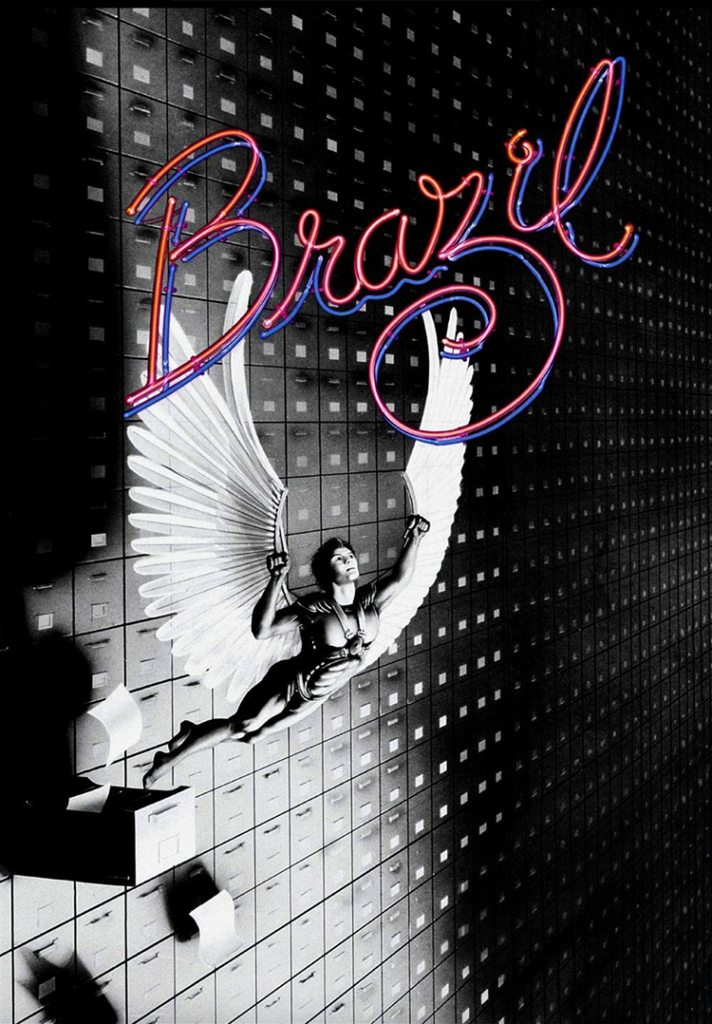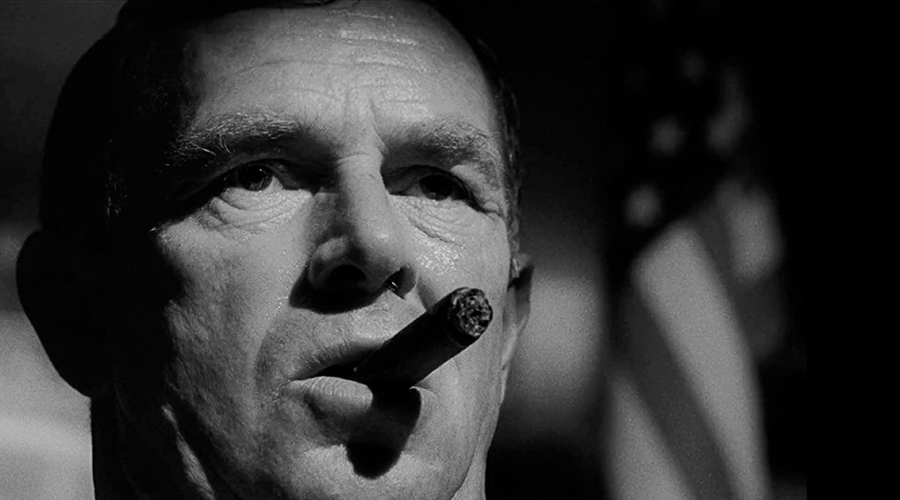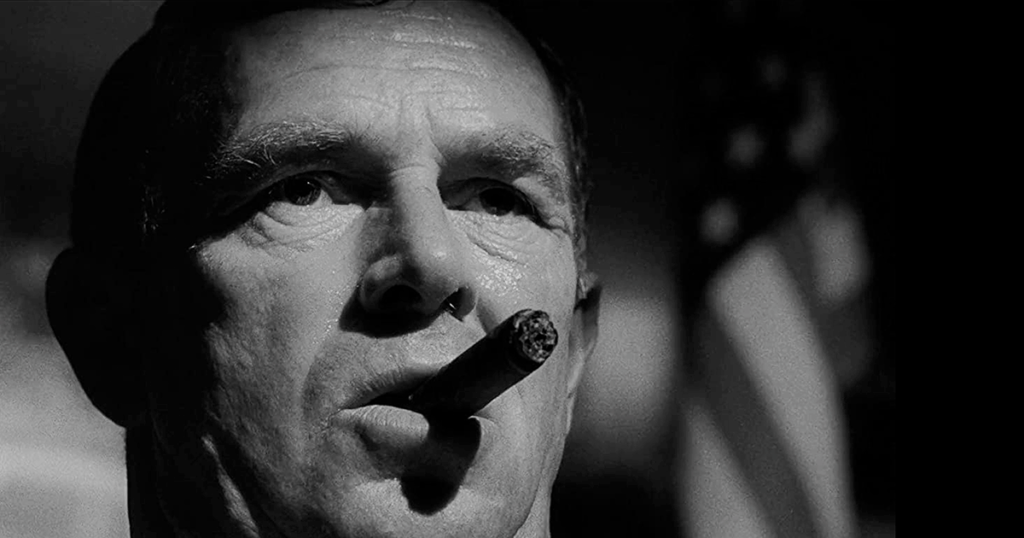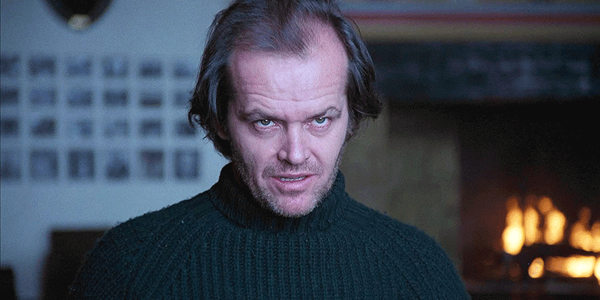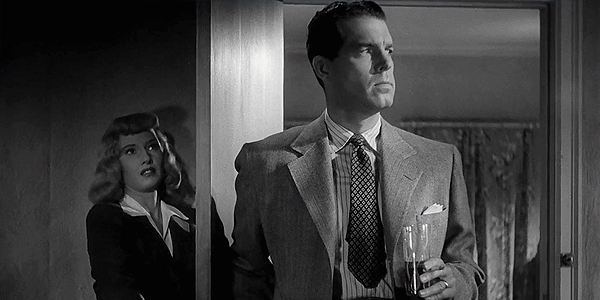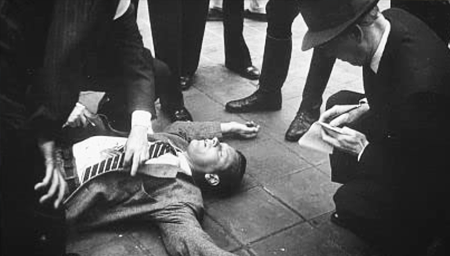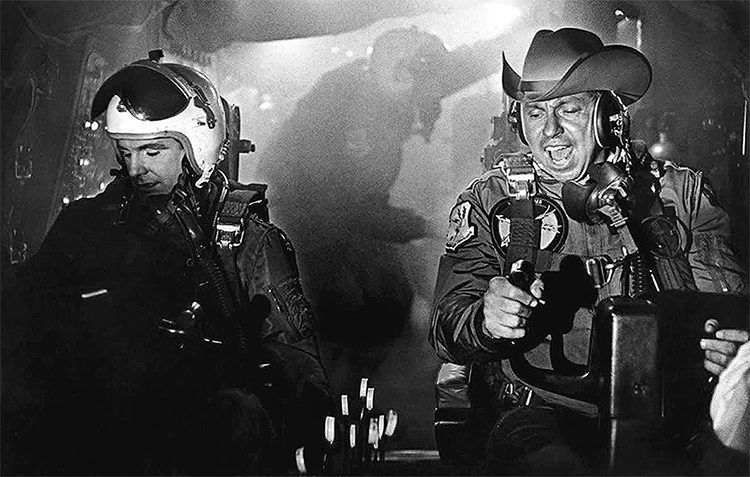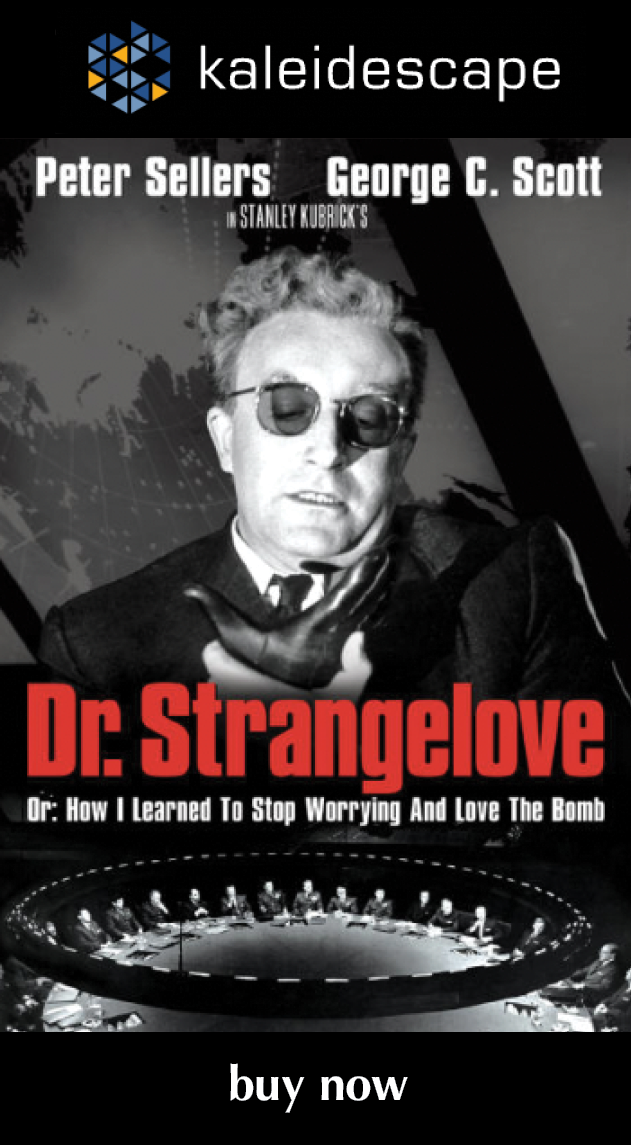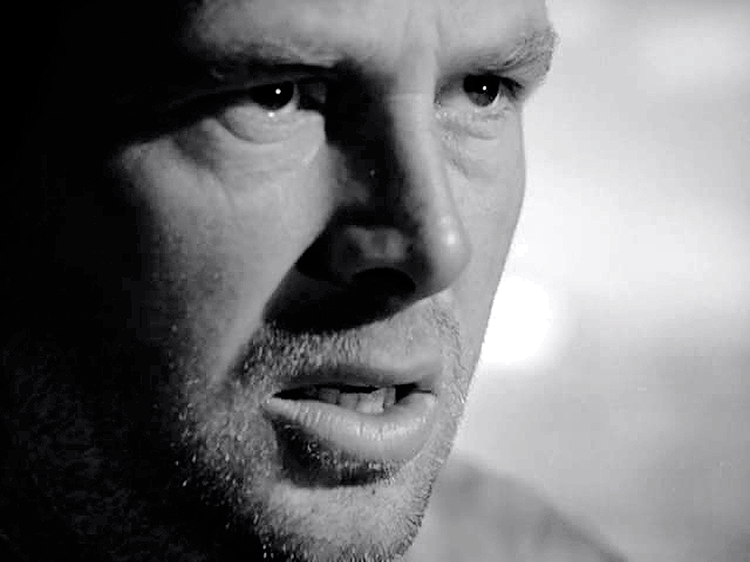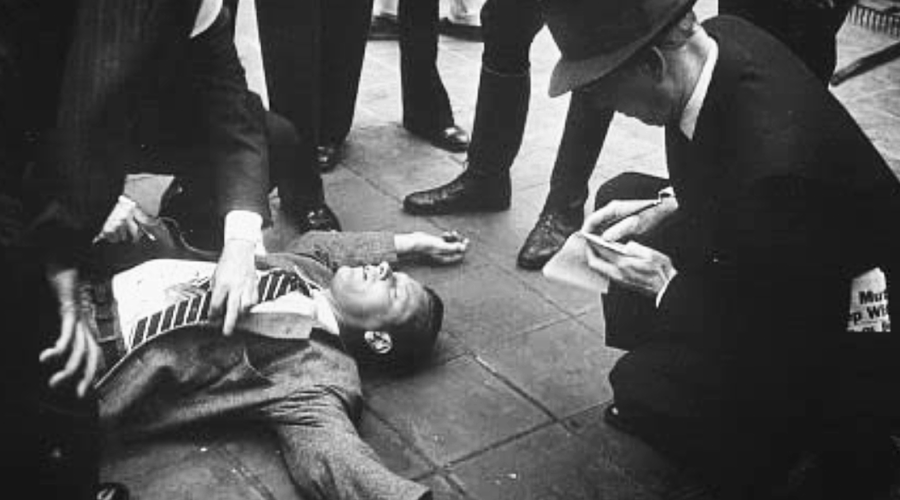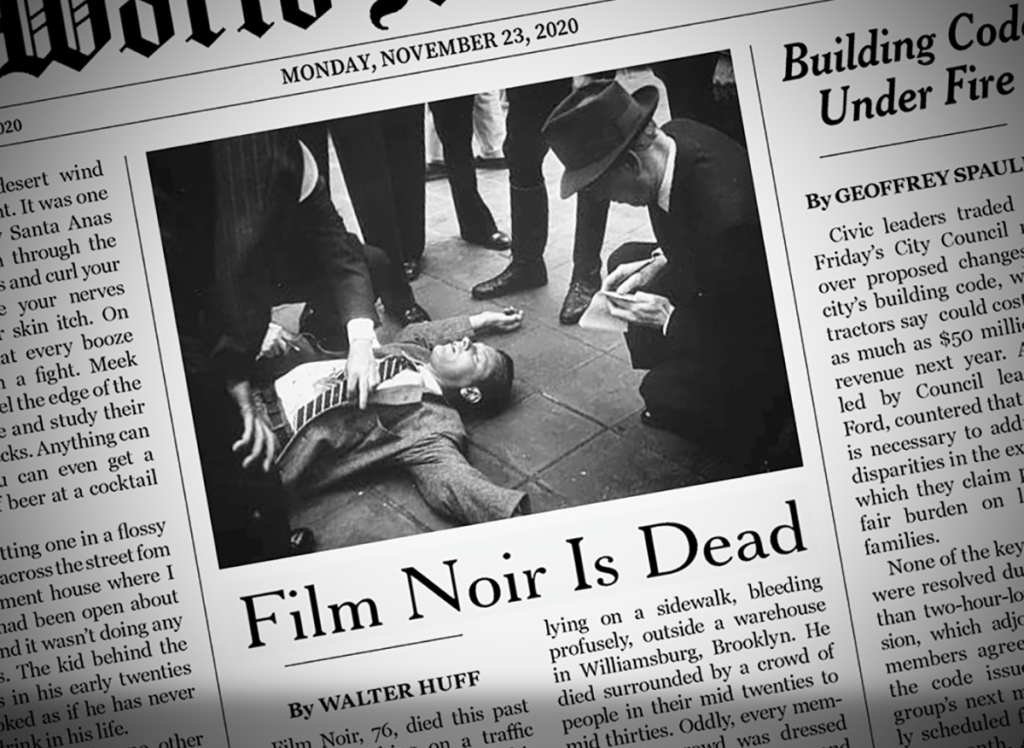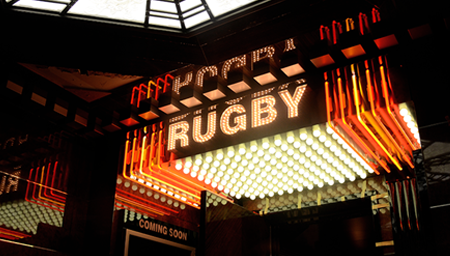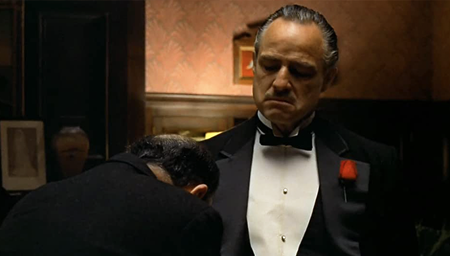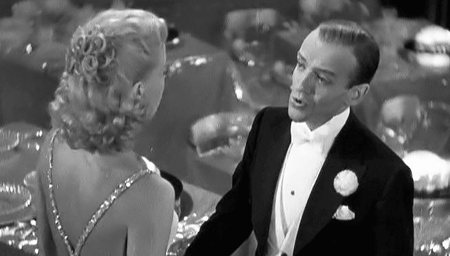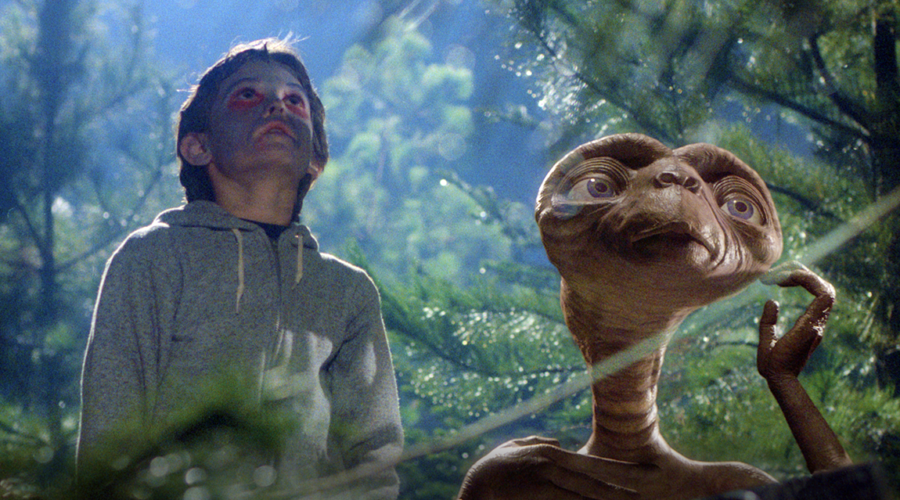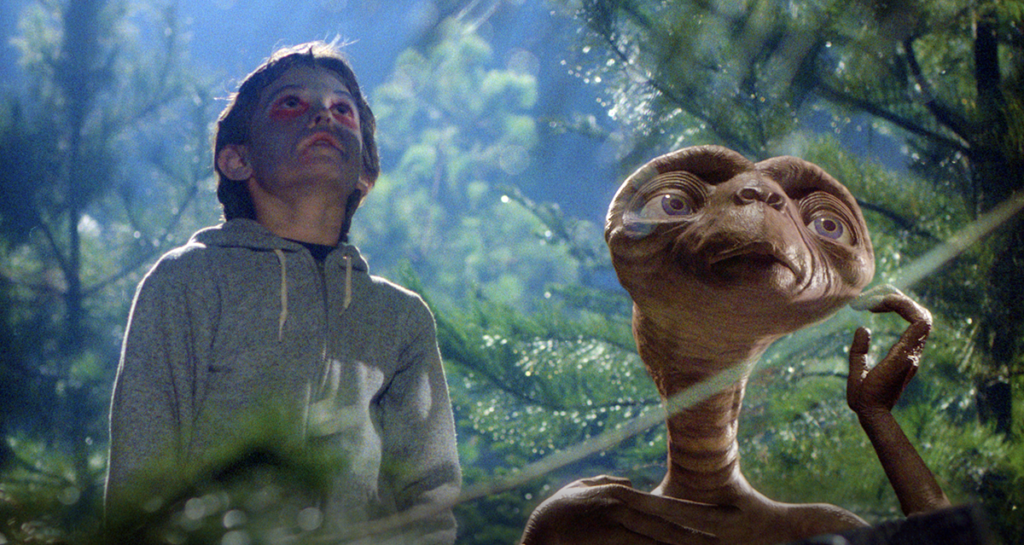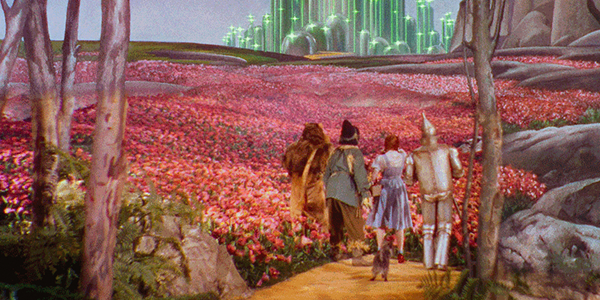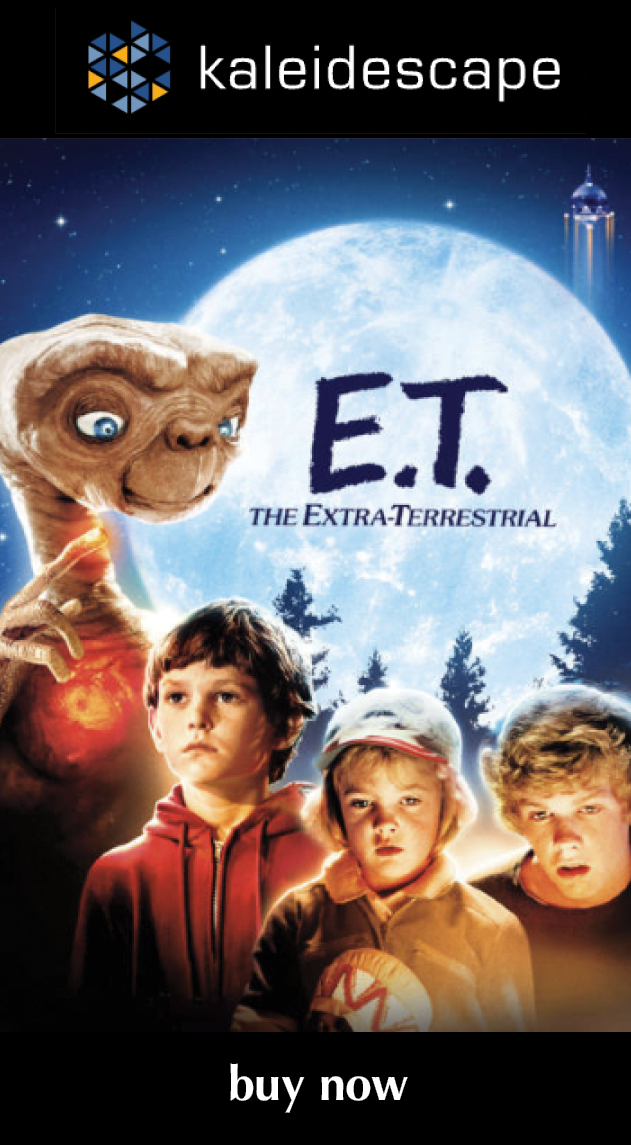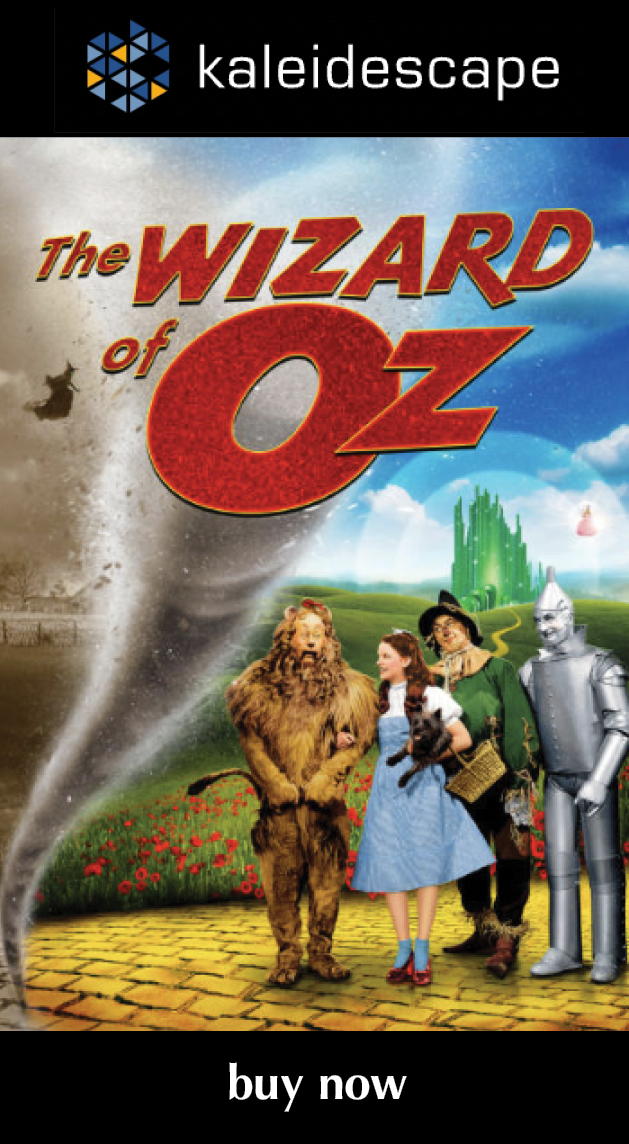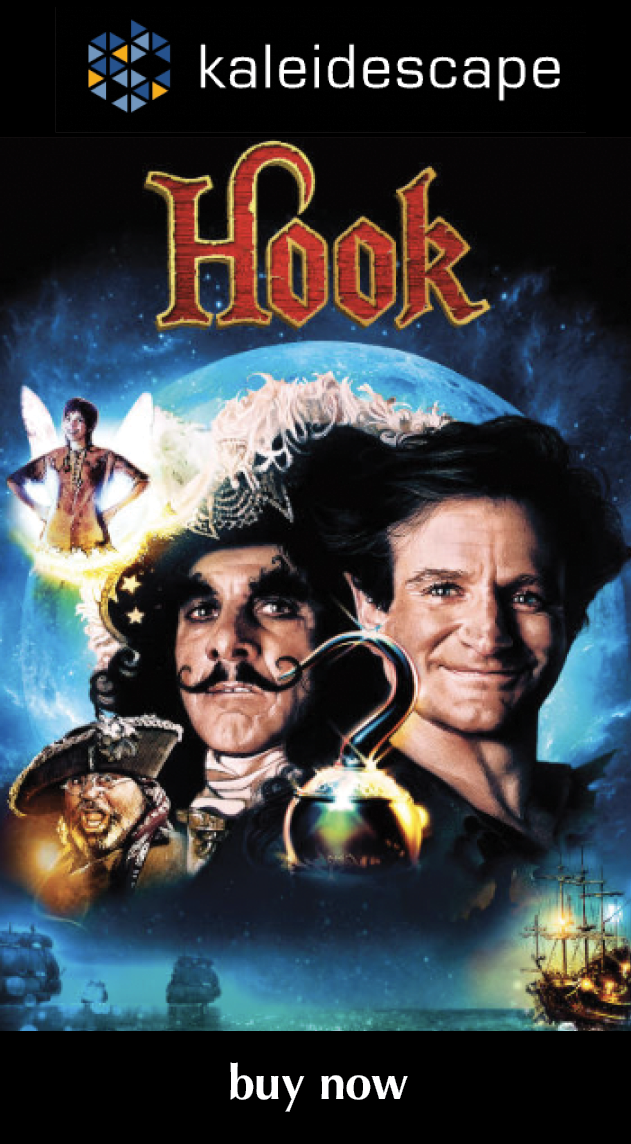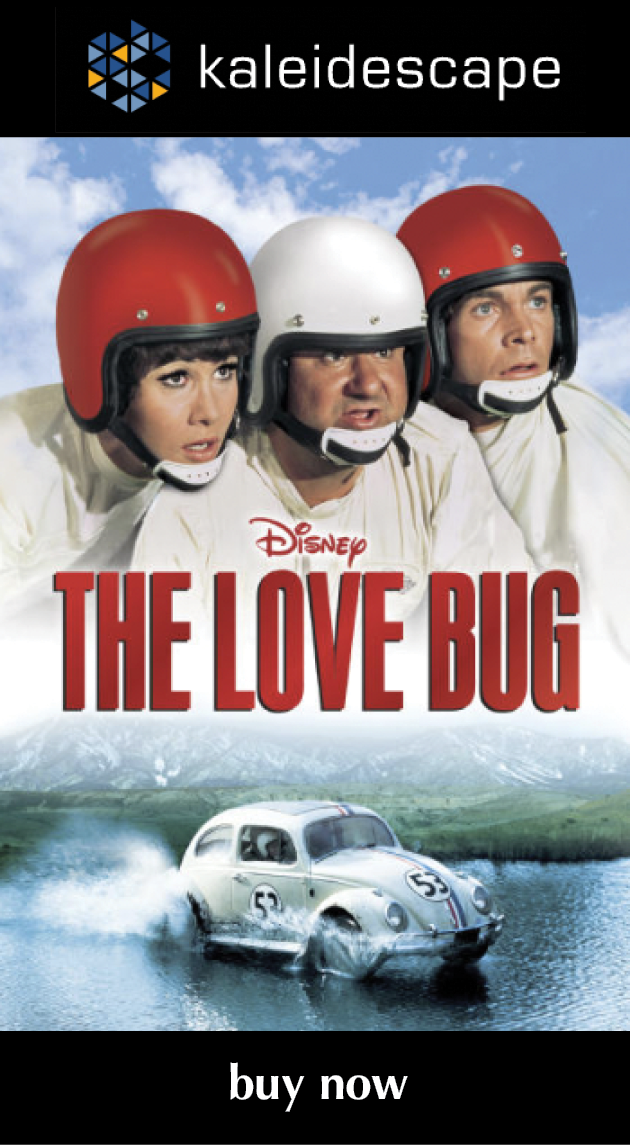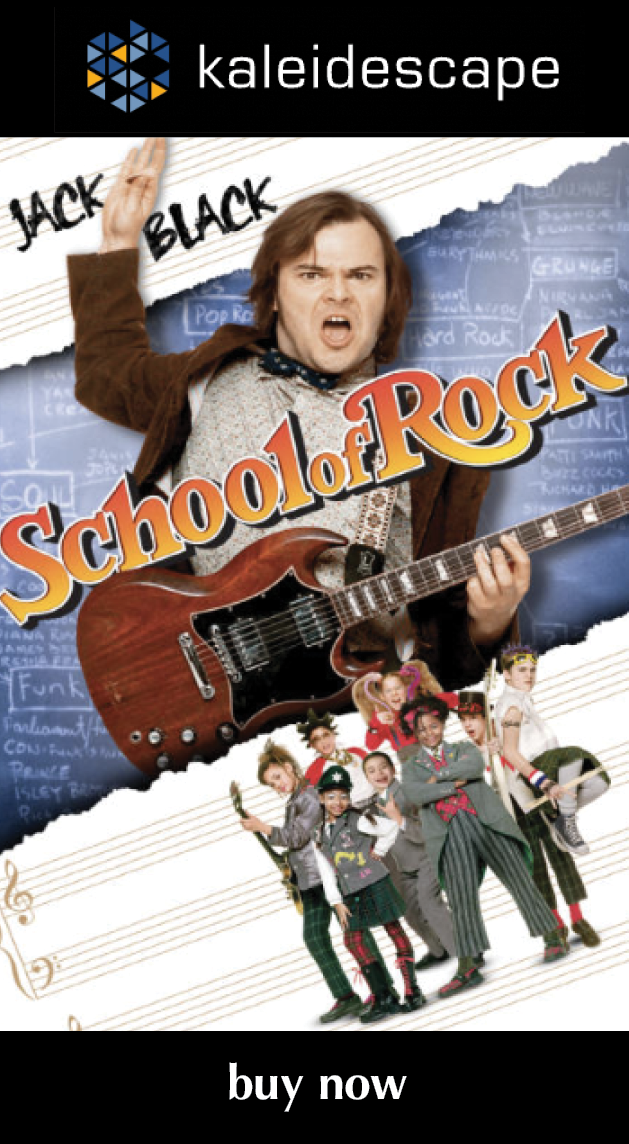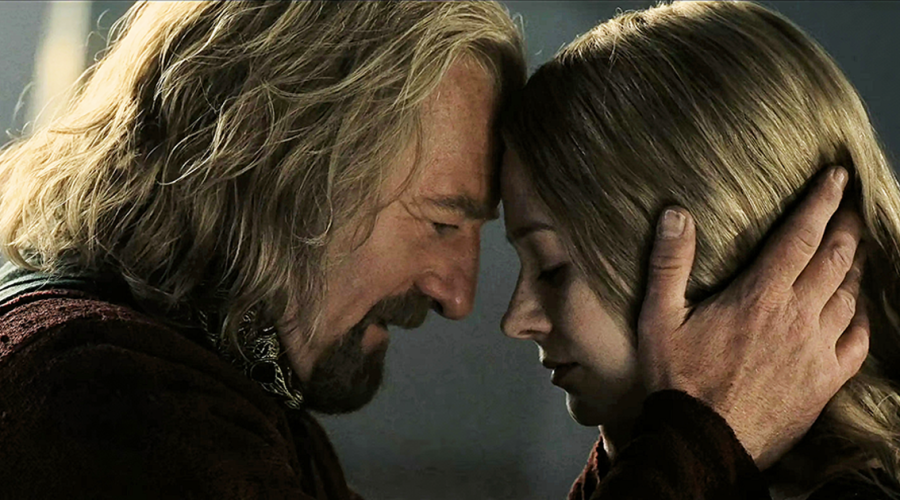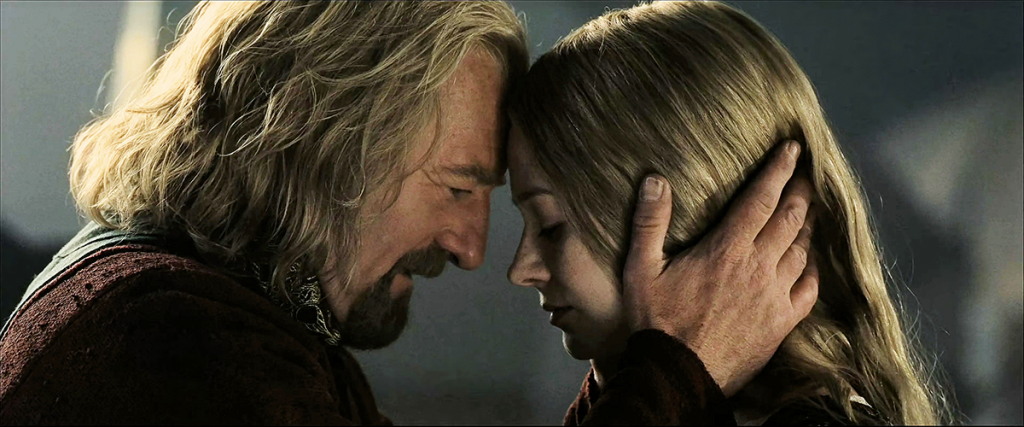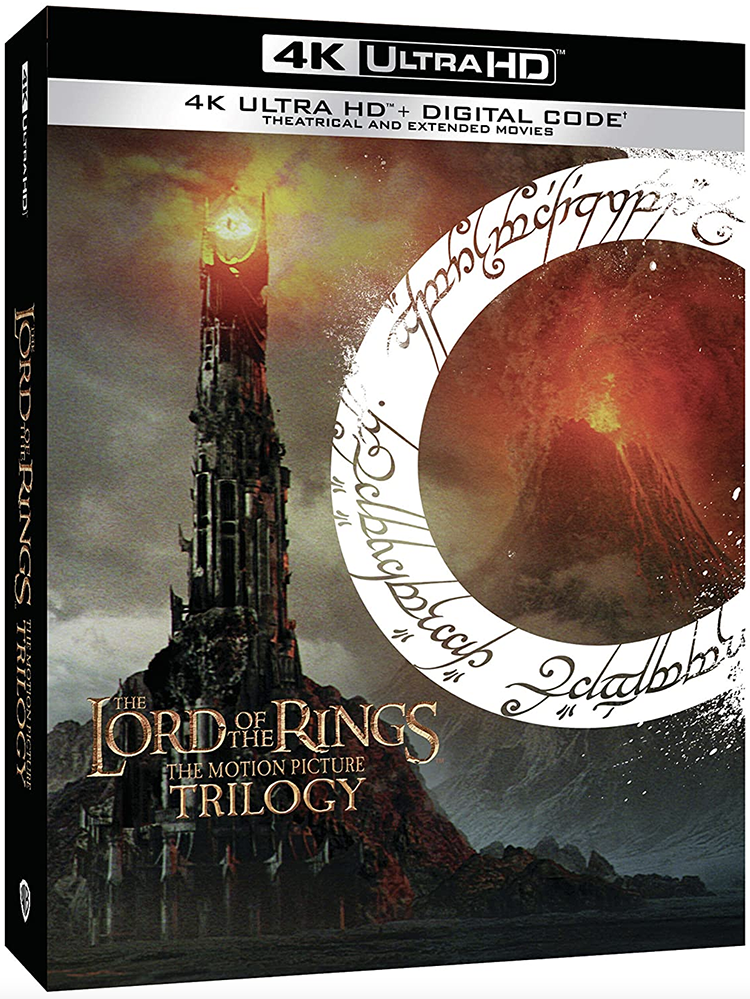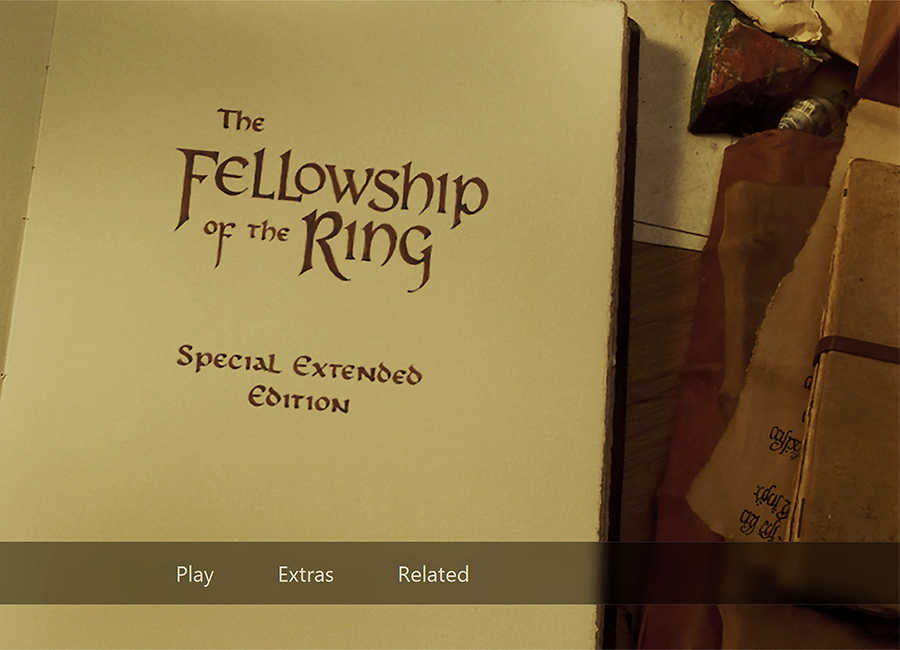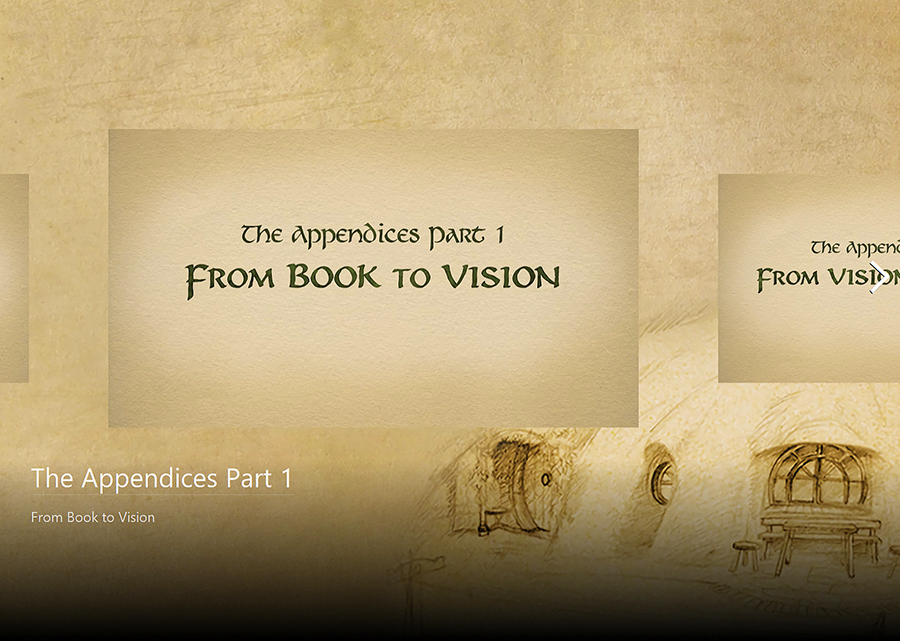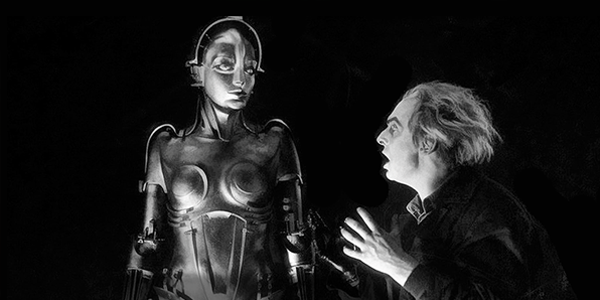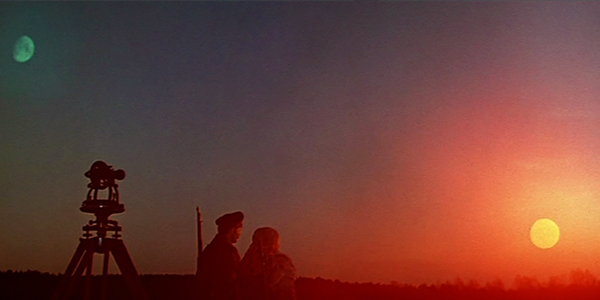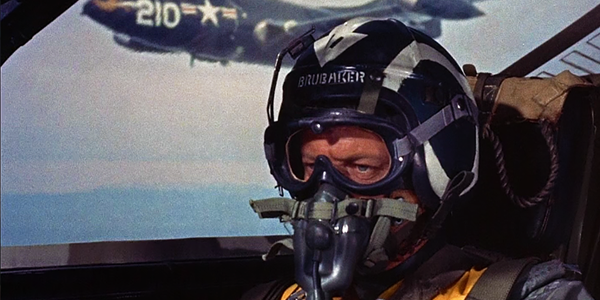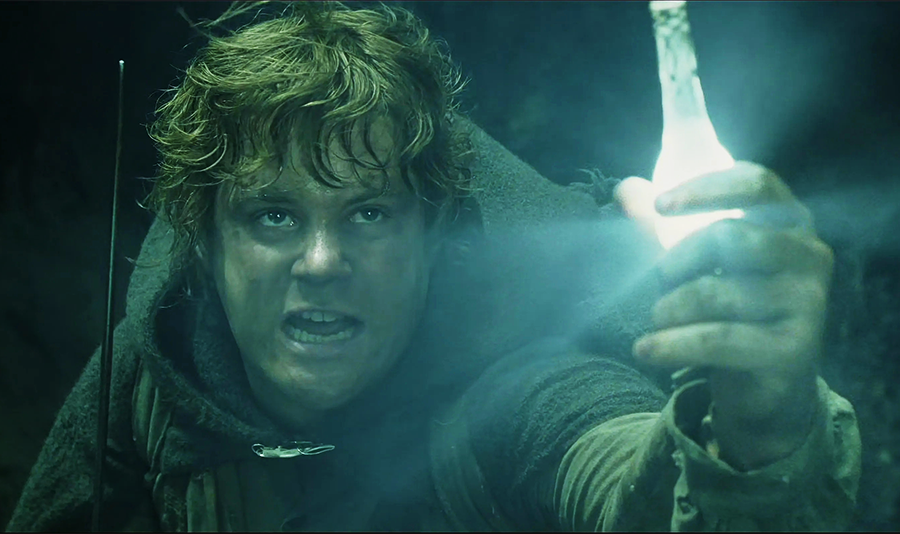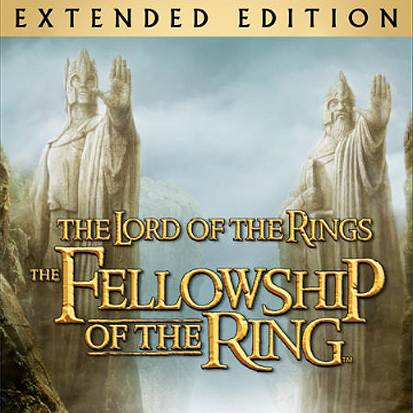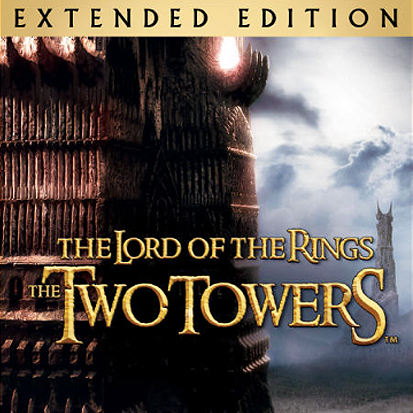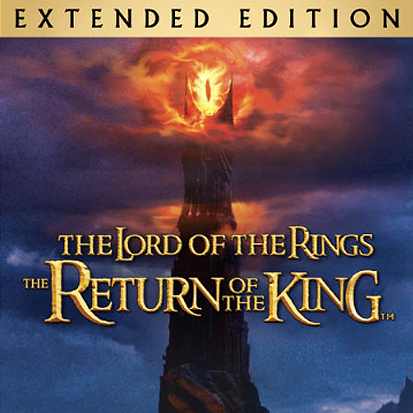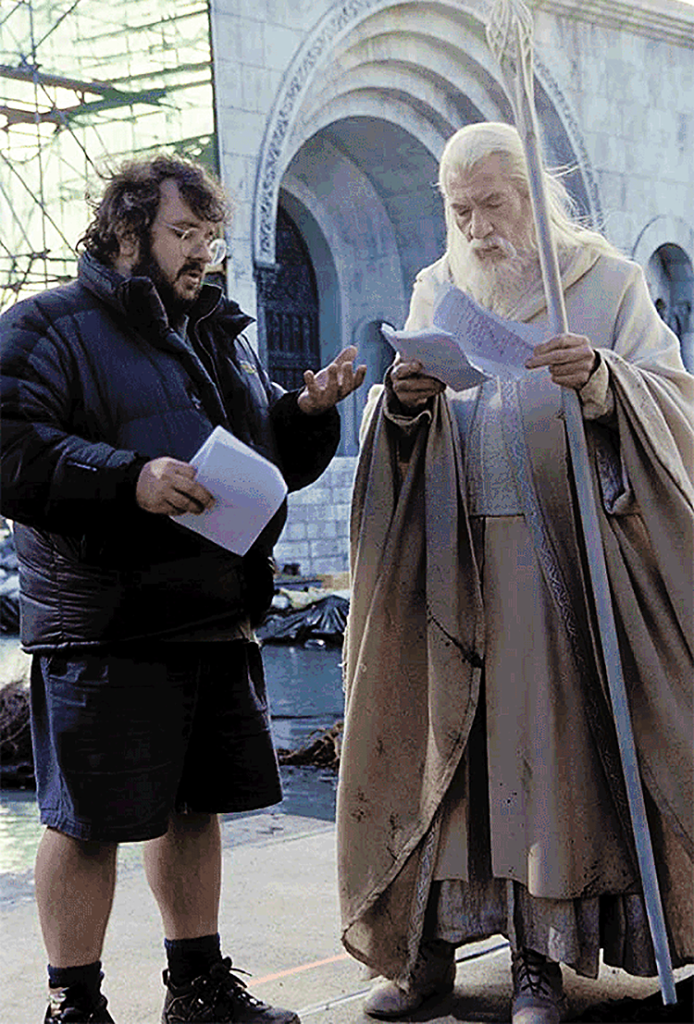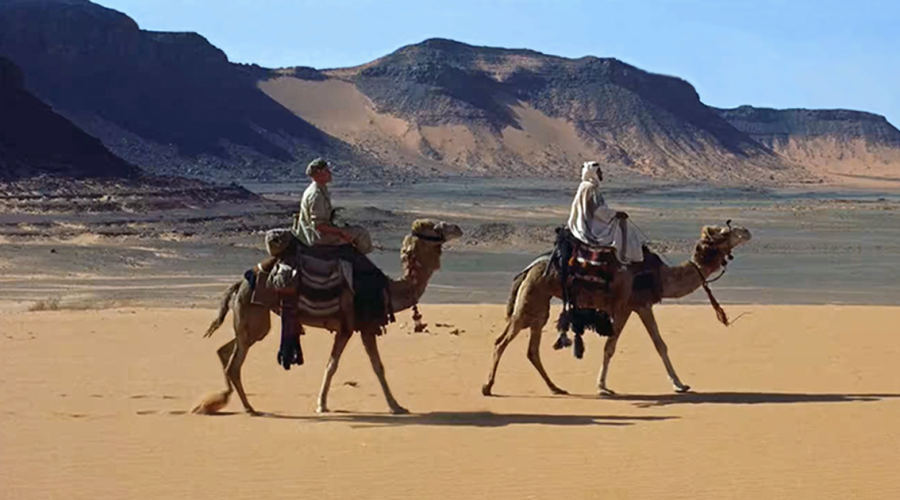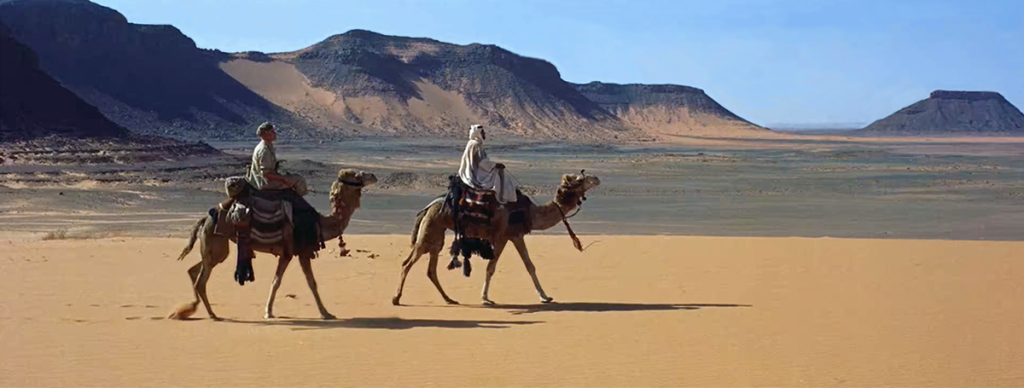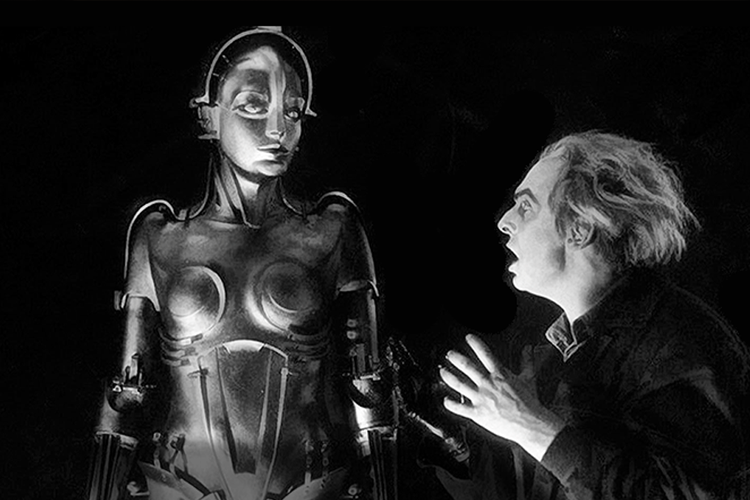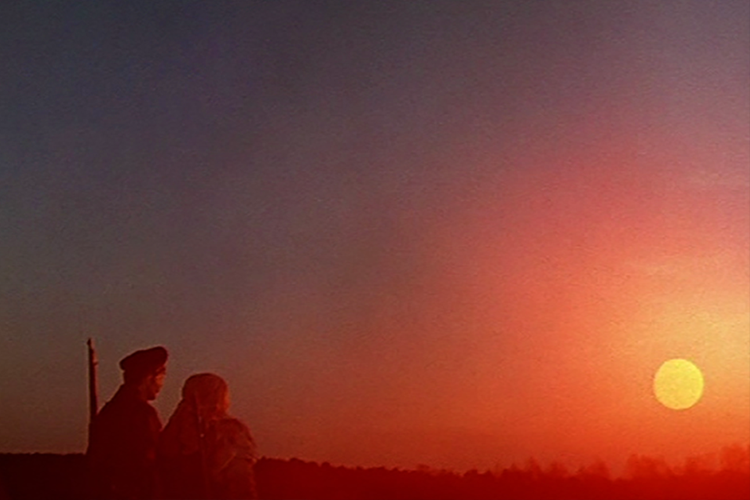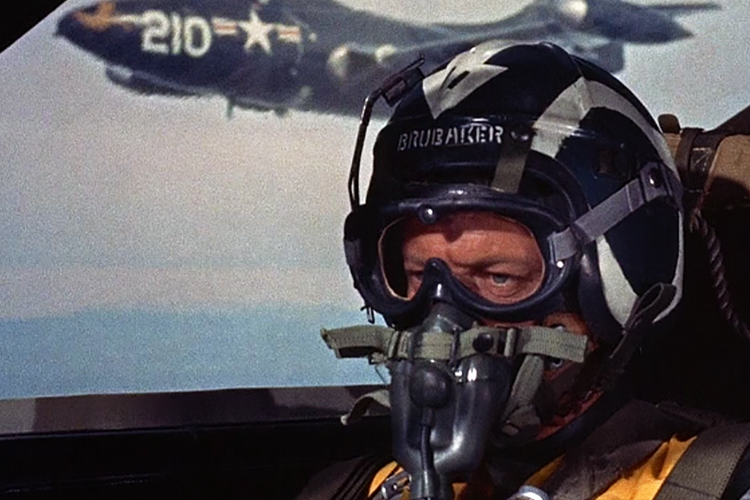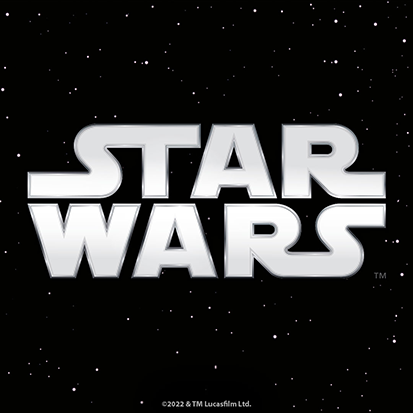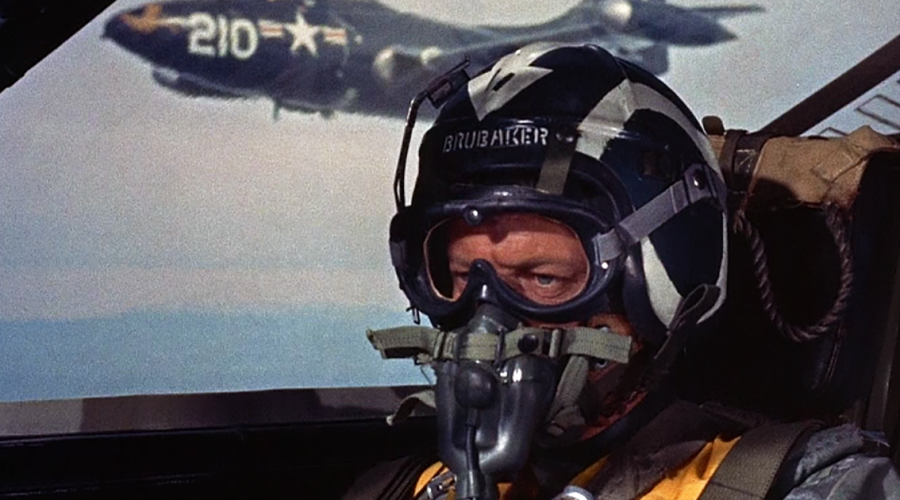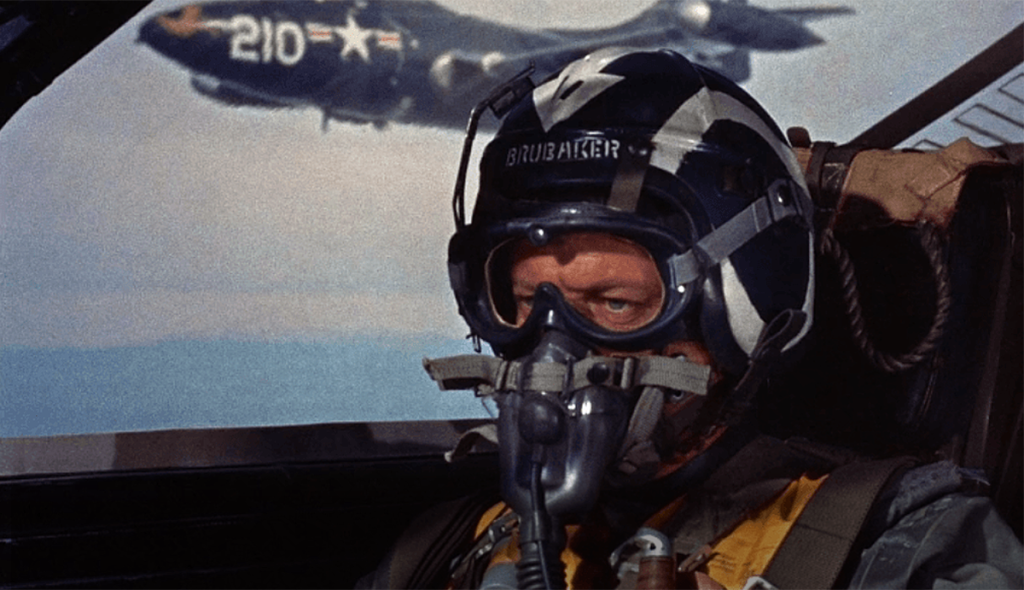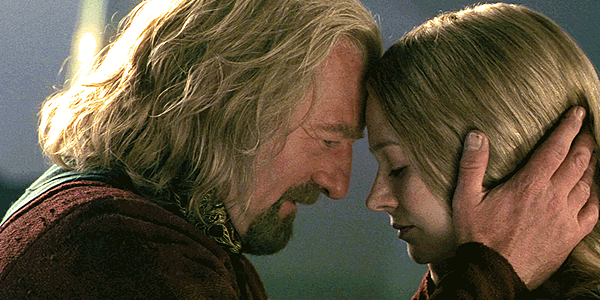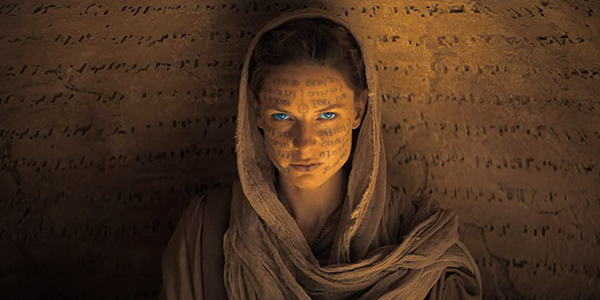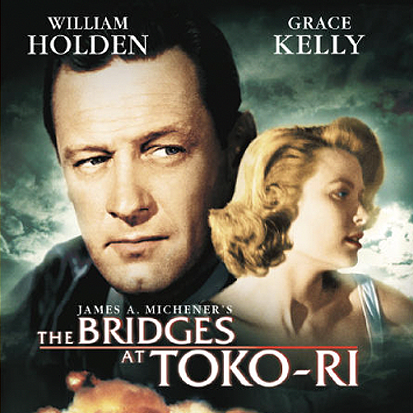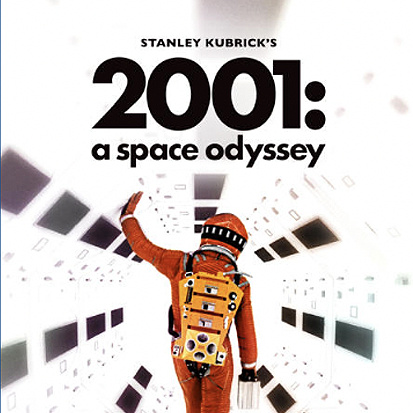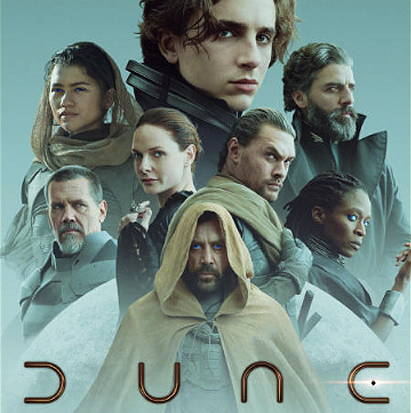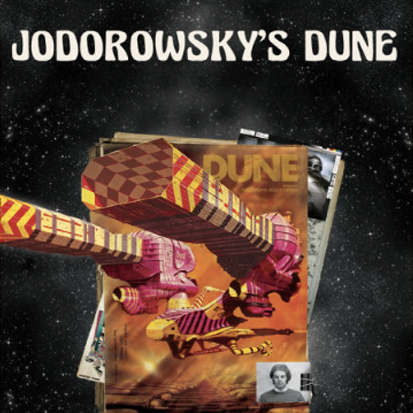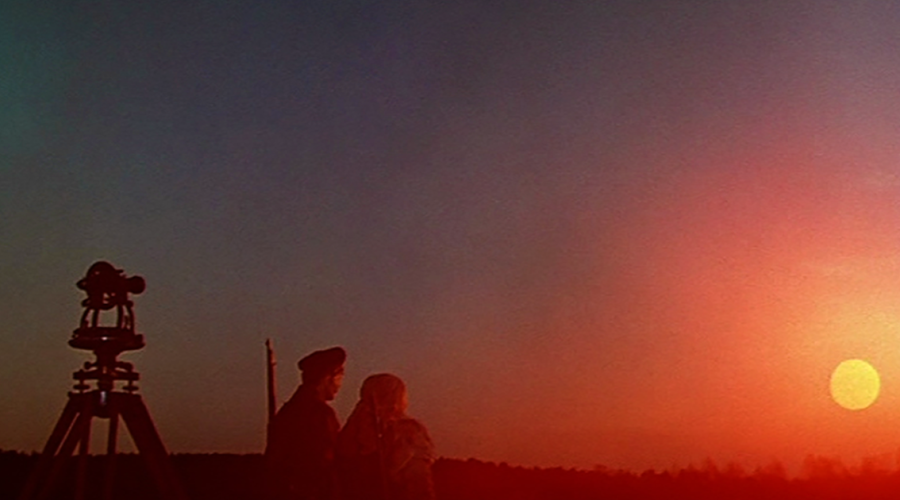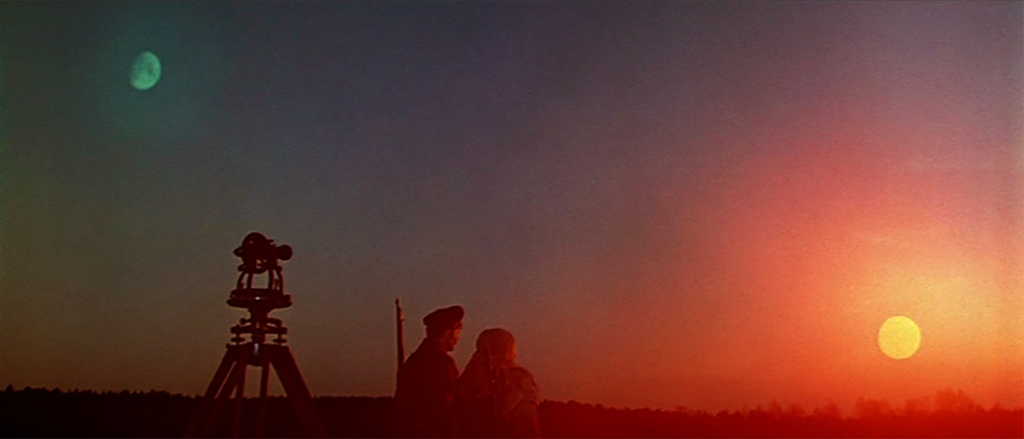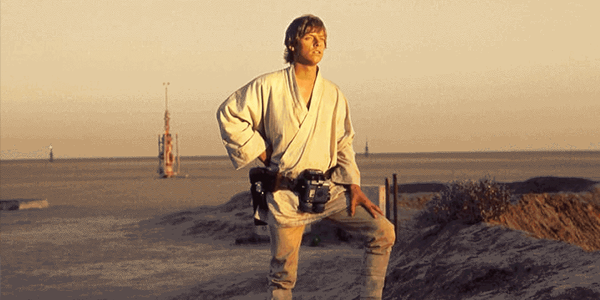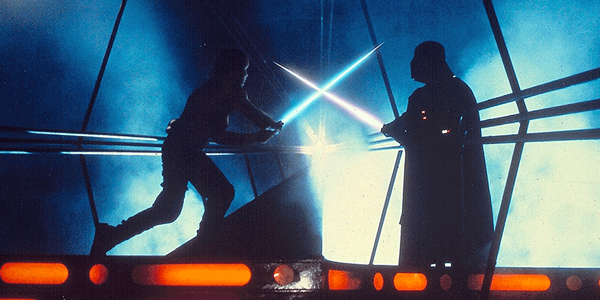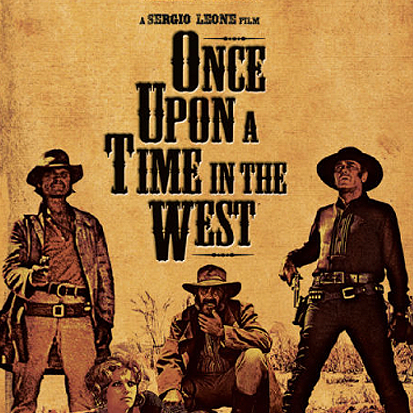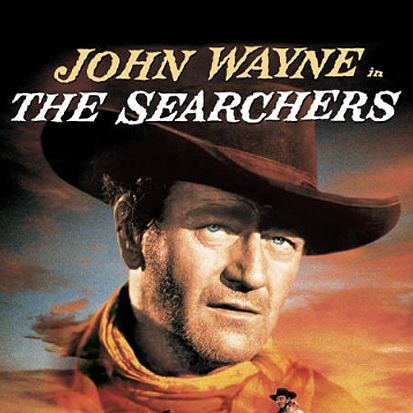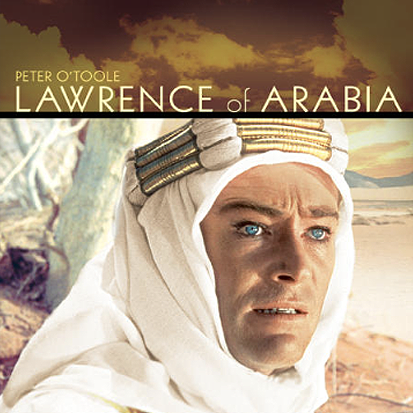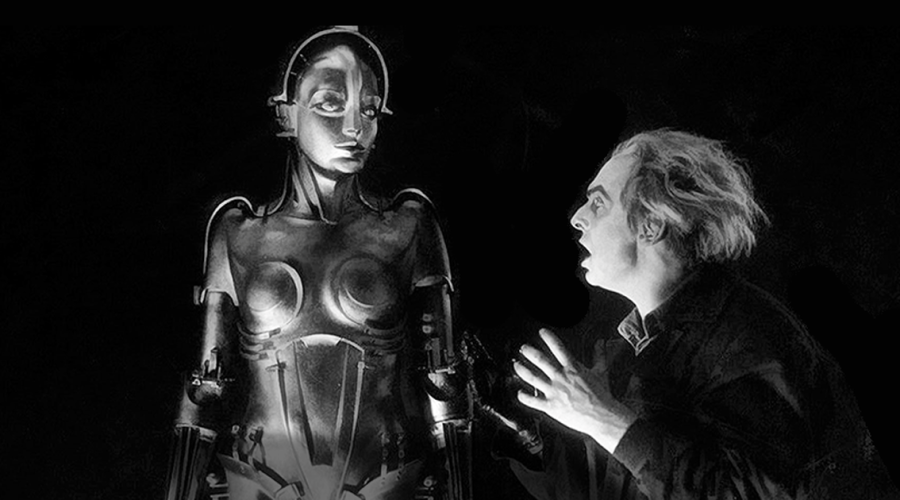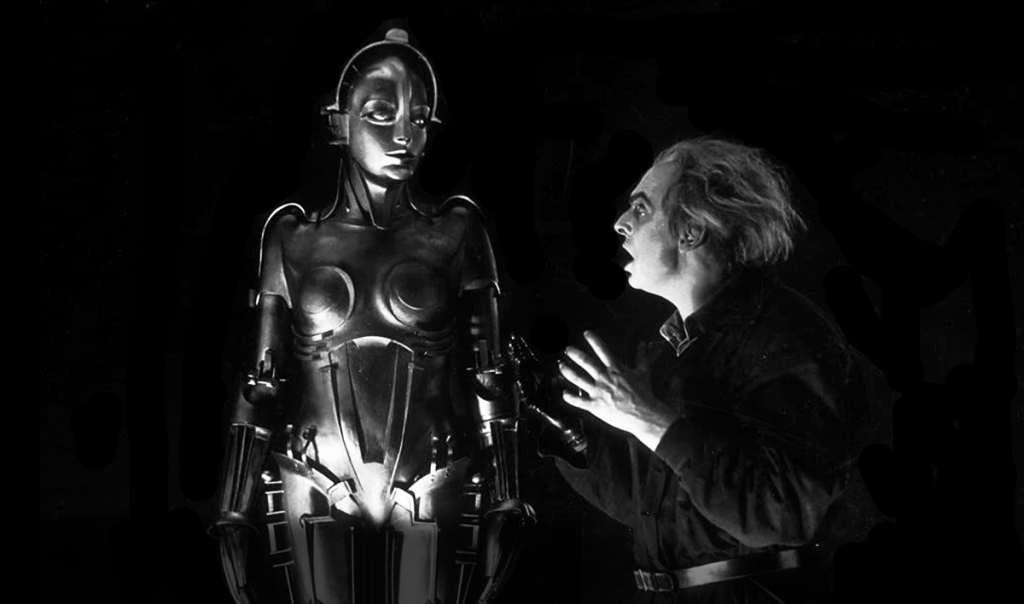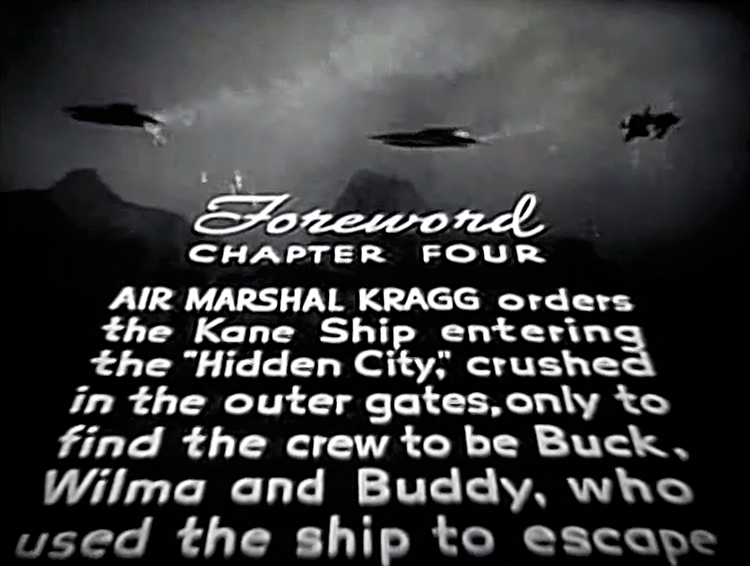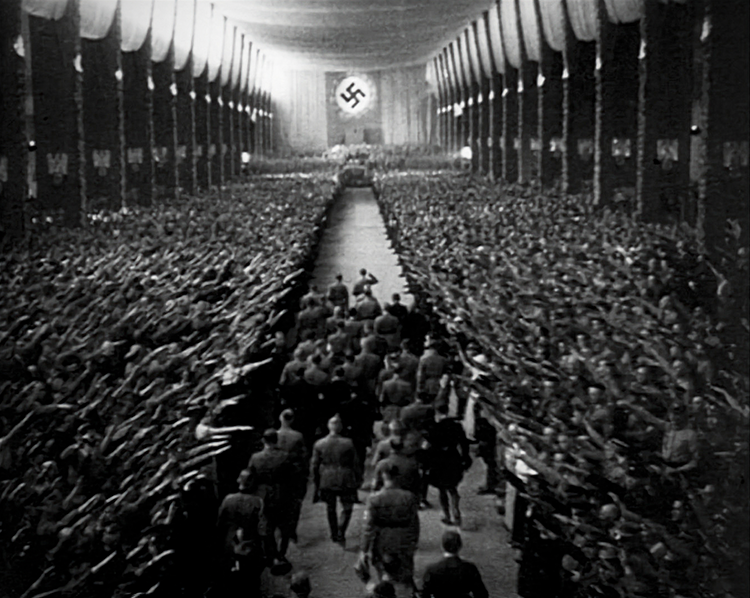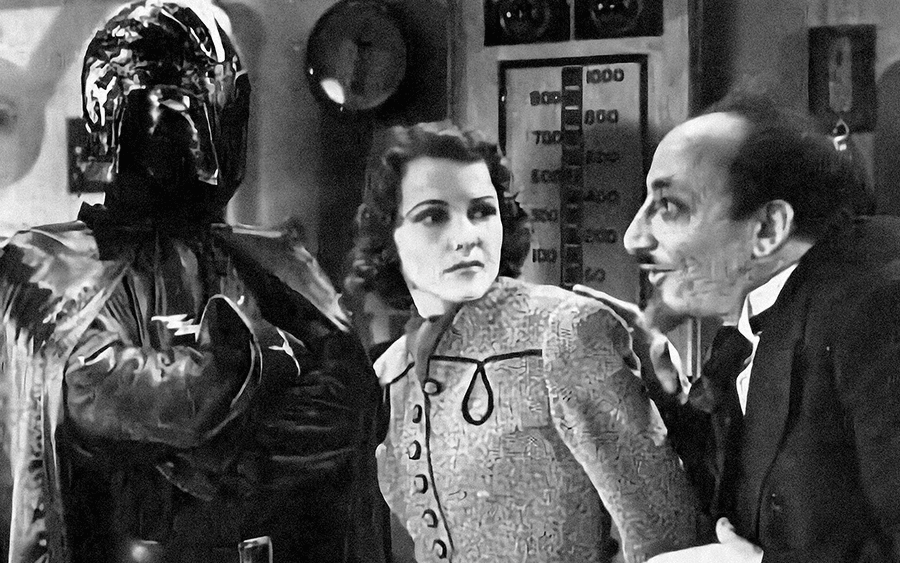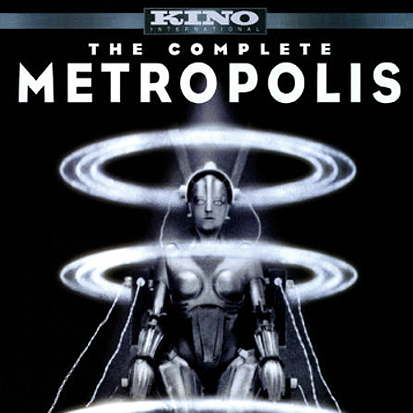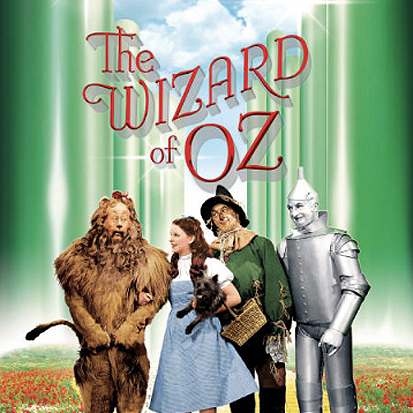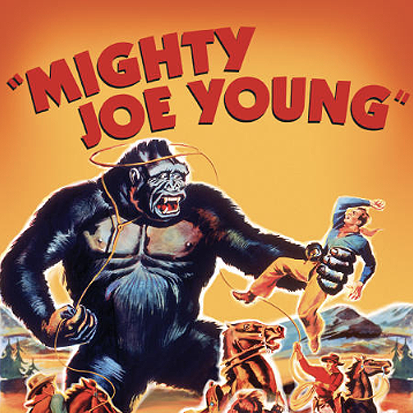Manos and the Myth of the Bad Movie
October 13, 2022
Having gone B-movie with Invasion of the Body Snatchers and down to C with Carnival of Souls, I flirted with the idea of descending deep into the bowels of the filmworld underbelly with the infamous Manos: The Hands of Fate. Not that everyone shouldn’t experience Manos at least once in their lives but there’s just not enough to the movie or its presentation to justify an entire review. But there is something to be said about its reputation.
Manos has replaced Plan 9 from Outer Space as the worst movie of all time. It rests in the crosshairs of the definitive, and still best, MST3K episode. It’s the movie that gave us Torgo, with no good way to exchange the gift for something a little less repulsive. I’m taking the time to write about it partly because, like Linus, I don’t think it’s such a bad little movie, and partly because most people don’t even know what a bad movie is—at least not when it comes time to make, or accept, “worst ever” lists.
There are all kinds of ways for a movie to be bad—it can stem from a bad idea, it can have a terrible script, it can be shot poorly, the editing can suck, the director can have all kinds of great resources at hand but just have no idea what he’s doing (the most common cause of badness—especially on the star-studded, big-budget level), it can be well made but utterly inert, and on and on. But the gulf between run-of-the-mill bad movies and the worst ones ever is vast. While any of the things listed above can be a paving stone on the path to a truly abysmal film, there’s only one thing that can unassailably qualify a movie as worst—it has to be unwatchable.
The world is awash in unwatchable movies. But none of them ever make the “worst ever” lists. And therein lies the rub. That’s because those lists never—ever—represent the worst movies of all time—just the ones we find easiest to make fun of.
The ones we call worst tend to be stuff that’s in some way naive—or, to reference Linus again, sincere. It’s less a reflection on the movie and more on our cynicism that we usually pick on the ones that wear their hearts on their sleeves.
“The movies we call worst tend to be stuff that’s in some way naive. It’s less a reflection on the movie and more on our cynicism that we usually pick on the ones that wear their hearts on their sleeves.”
Sign up for our monthly newsletter to stay up to date on Cineluxe
Defined this way, Ed Wood, who, by consensus, is considered the worst director ever, is actually a pretty good filmmaker with a strong body of work. Wood, with his pulpy fascination with the occult, sci-fi, and skin flicks, did an extraordinary job of channeling the vast pool of muck that’s been a fertile source for American pop culture since the beginning of the Industrial Era and the rise of the big cities. Yes, it’s raw—but it’s also unfiltered, and there’s a considerable virtue in that.
And to make the key point, we’re only able to bully Wood and his films because they’re actually entertaining. If he wasn’t able to engage and hold an audience, Plan 9 or Glen or Glenda or Bride of the Monster or The Sinister Urge wouldn’t be on anybody’s lists because we would have been bored or repelled and unlikely to even remember their names, let alone their plots or favorite scenes.
Ditto for Manos. It’s exactly because Harold P. Warren was a fertilizer salesman who had never made a movie in his life and only made this one as part of a bet that he couldn’t get too fancy and had to stick to an unvarnished tale from the dark undercurrents of the culture. Sure, just about everything about the film is inept—or, to quote MST3K, “there’s a buffet of loathsomeness in this movie”—but once we start watching it, we don’t turn away. It could be argued that’s because it gives us something to feel superior to, but that just underlines my point about the dubiousness of the whole “worst of” thing.
When we ridicule a “bad” movie, we get the high that comes with thinking we’re owning it. But we’re actually the ones being owned, duped as easily as a bunch of rubes at a county fair. The world of “worst ever” is actually a Potemkin village erected to divert your attention from the fact you’re being tricked into paying to watch a bunch of movies you otherwise would never go near. Like almost everything in contemporary culture, it’s all just a marketing exercise, and whether it’s some mega-budget effects-laden action film or some made-on-a-dime exploitation throwaway from the ‘50s is irrelevant. Your money still ends up in somebody else’s pocket. (The irony is that something like Jail Bait will always have a way longer shelf life than the blockbusters that make $250 million their first weekend then disappear forever.)
Let’s not be so smug. Let’s stop treating the past as in some way inferior—less enlightened, less accomplished, or whatever than the present. There is nothing in human history (or human nature) to support that position—just the money-mad need to make us believe we’re somehow better than our forebears so we’ll more readily snap up the cultural equivalent of junk food. The next time you come across Manos or Ed Wood or Coleman Francis or Bert I. Gordon (even I hesitated to type that last one), give them the benefit of the doubt. Put yourself in their shoes and look at their work on their terms instead of the way the carnies want you to see it. You’ll be doing all of filmmaking a huge favor.
Michael Gaughn—The Absolute Sound, The Perfect Vision, Wideband, Stereo Review, Sound & Vision, The Rayva Roundtable, marketing, product design, some theater designs, a couple TV shows, some commercials, and now this.
“When we ridicule a ‘bad’ movie, we get the high that comes with thinking we’re owning it. But we’re actually the ones being owned, duped as easily as a bunch of rubes at a county fair.”
© 2023 Cineluxe LLC
